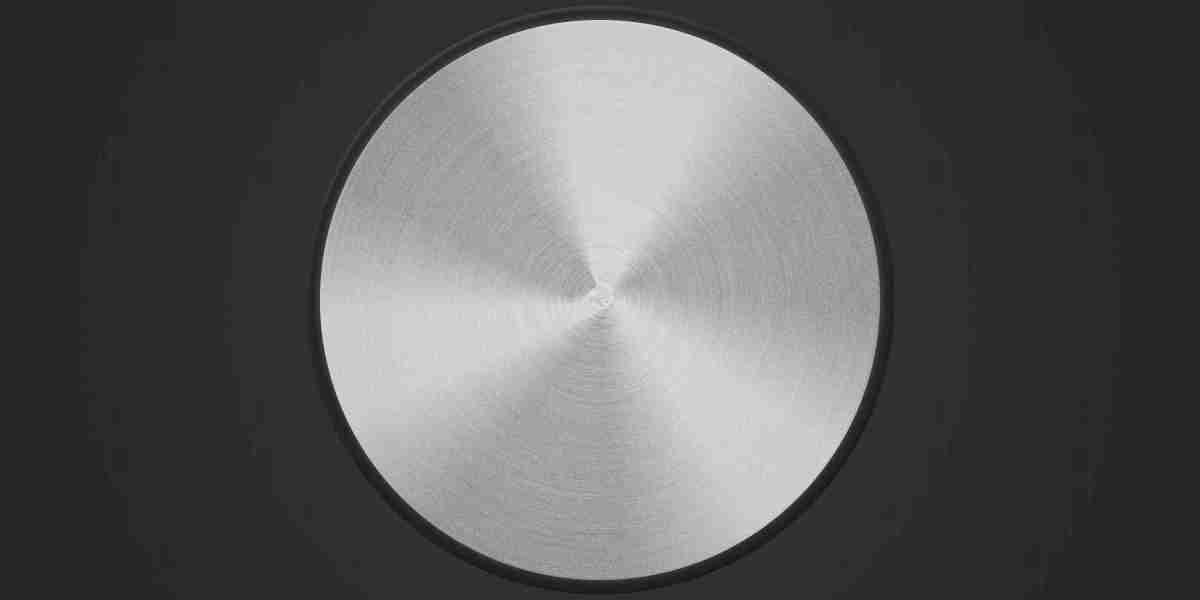In the automotive industry, the quest for lightweight, efficient, and durable vehicles has driven continuous advancements in materials and technologies. One such innovation that has played a crucial role in modern vehicle manufacturing is automotive adhesives. These specialized bonding solutions have revolutionized the way vehicles are assembled, offering numerous advantages over traditional joining methods like welding and mechanical fastening. As automakers strive to meet stringent performance, safety, and sustainability standards, the automotive adhesive market has emerged as a dynamic and essential component of the industry.
Understanding Automotive Adhesives: Types and Applications
Automotive adhesives are a class of specialized adhesives designed to bond various materials used in vehicle construction, such as metals, plastics, composites, and glass. These adhesives provide a strong, durable, and flexible bond between components, offering several key benefits:
1. Weight Reduction: By replacing traditional joining methods, automotive adhesives can significantly reduce the overall weight of the vehicle. Lighter vehicles contribute to improved fuel efficiency and reduced emissions, supporting environmental sustainability.
2. Enhanced Safety: Adhesives create a continuous bond, distributing stress evenly across the joint area. This results in improved crash resistance and enhanced overall safety of the vehicle.
3. Noise, Vibration, and Harshness (NVH) Reduction: Automotive adhesives absorb vibrations and dampen noise, leading to a quieter and more comfortable ride for occupants.
4. Corrosion Prevention: Adhesive bonding forms a barrier between metal components, preventing contact and reducing the risk of corrosion.
5. Design Freedom: Adhesives allow for more flexible design options, as they can bond dissimilar materials, enabling innovative vehicle architectures.
6. Streamlined Production: The use of adhesives in assembly processes can simplify production, reduce the number of parts, and enhance automation.
Types of Automotive Adhesives:
Structural Adhesives: These adhesives are engineered to provide high-strength bonds, often stronger than the materials they join. They are used in critical load-bearing applications, such as bonding roof panels, side panels, and chassis components.
Semi-Structural Adhesives: These adhesives offer good strength and flexibility, suitable for less demanding applications like bonding trim panels, door panels, and interior components.
Crash-Durable Adhesives: Designed to withstand high-energy impacts, these adhesives are used in key safety areas, including roof structures and pillars.
Thermal Adhesives: These adhesives can withstand high temperatures, making them ideal for bonding components exposed to engine heat and exhaust systems.
Electrically Conductive Adhesives: As the automotive industry shifts toward electric vehicles (EVs), these adhesives play a crucial role in bonding electronic components, facilitating efficient electrical conductivity.





